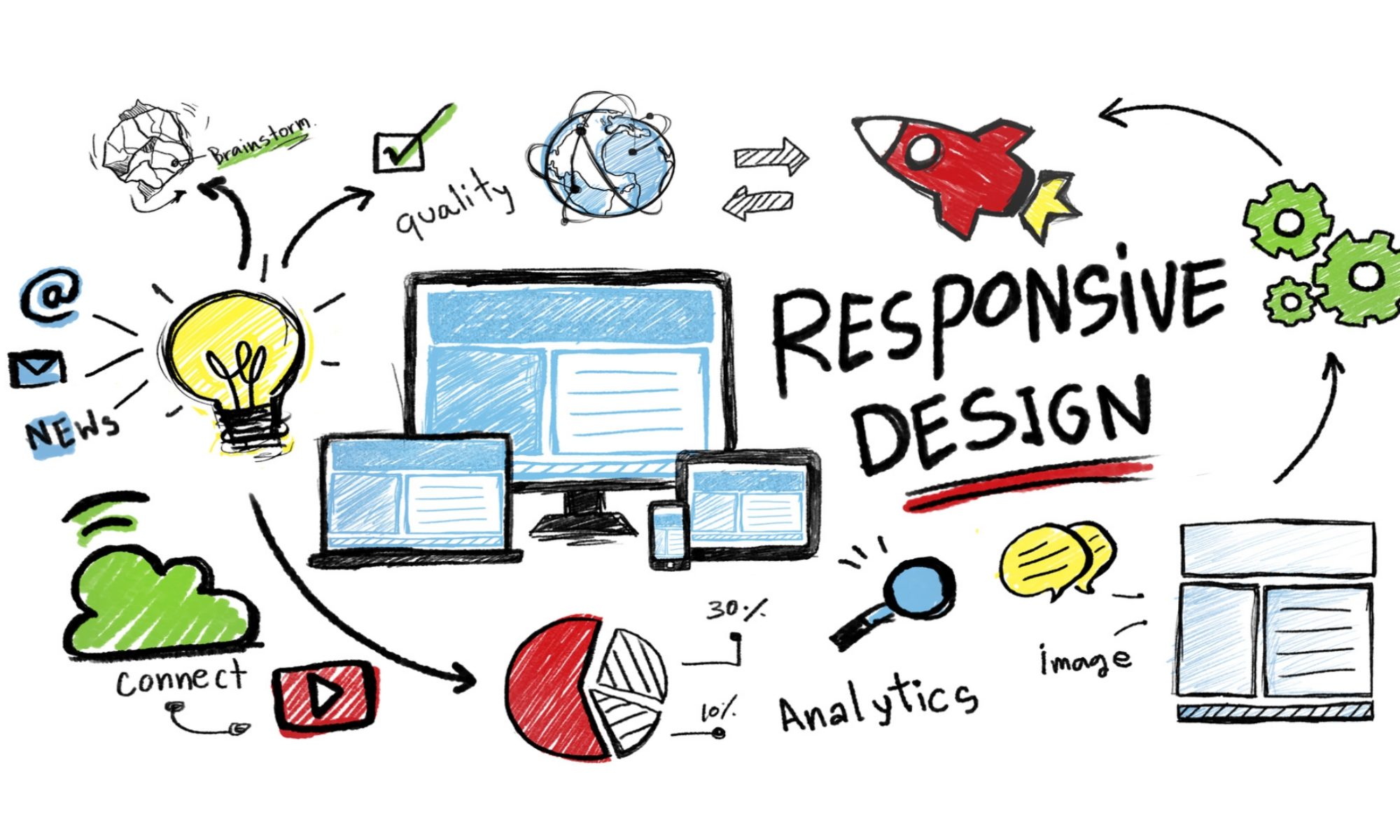The OpenAPI specification defines how to write HTTP APIs that can be consumed by any programming language and provide insight into the APIs’ functionality without access to source code or documentation. In other words, following the specification makes it easier for consumers to understand what it does and how to use it. Tools, such as Swagger, can then be used to display documentation without developers maintaining documentation separate from an API’s code.
All these described points translate into happier users while mitigating some of the burdens you’ll face while supporting your APIs.

